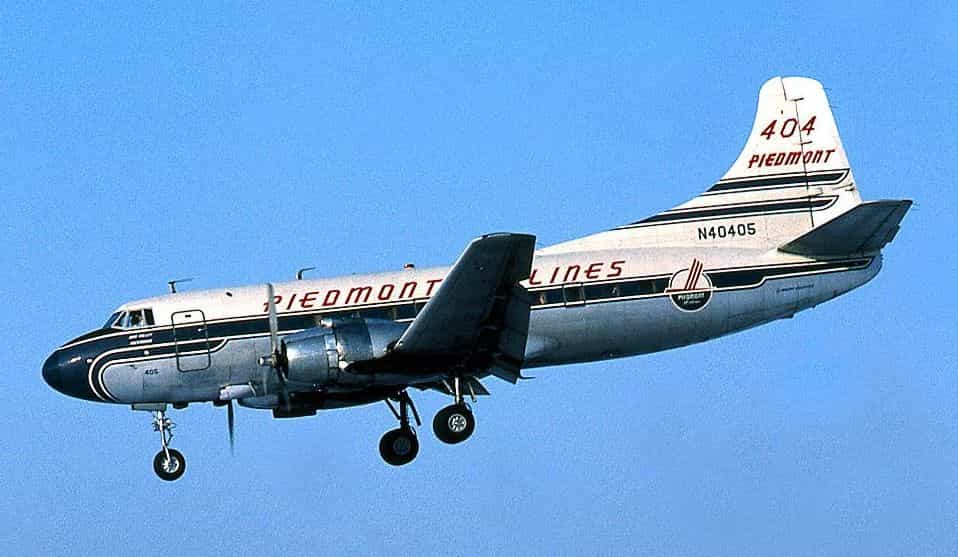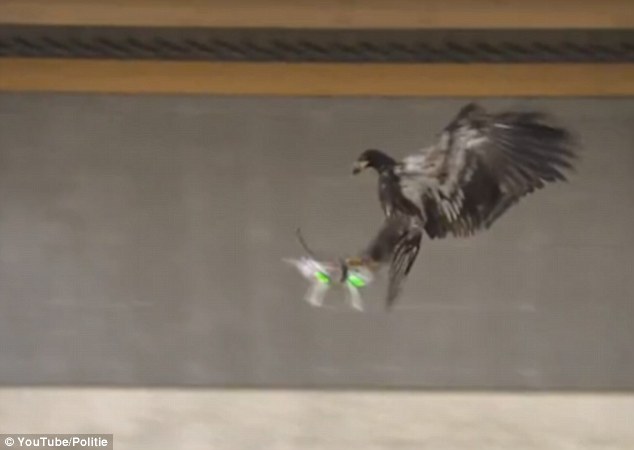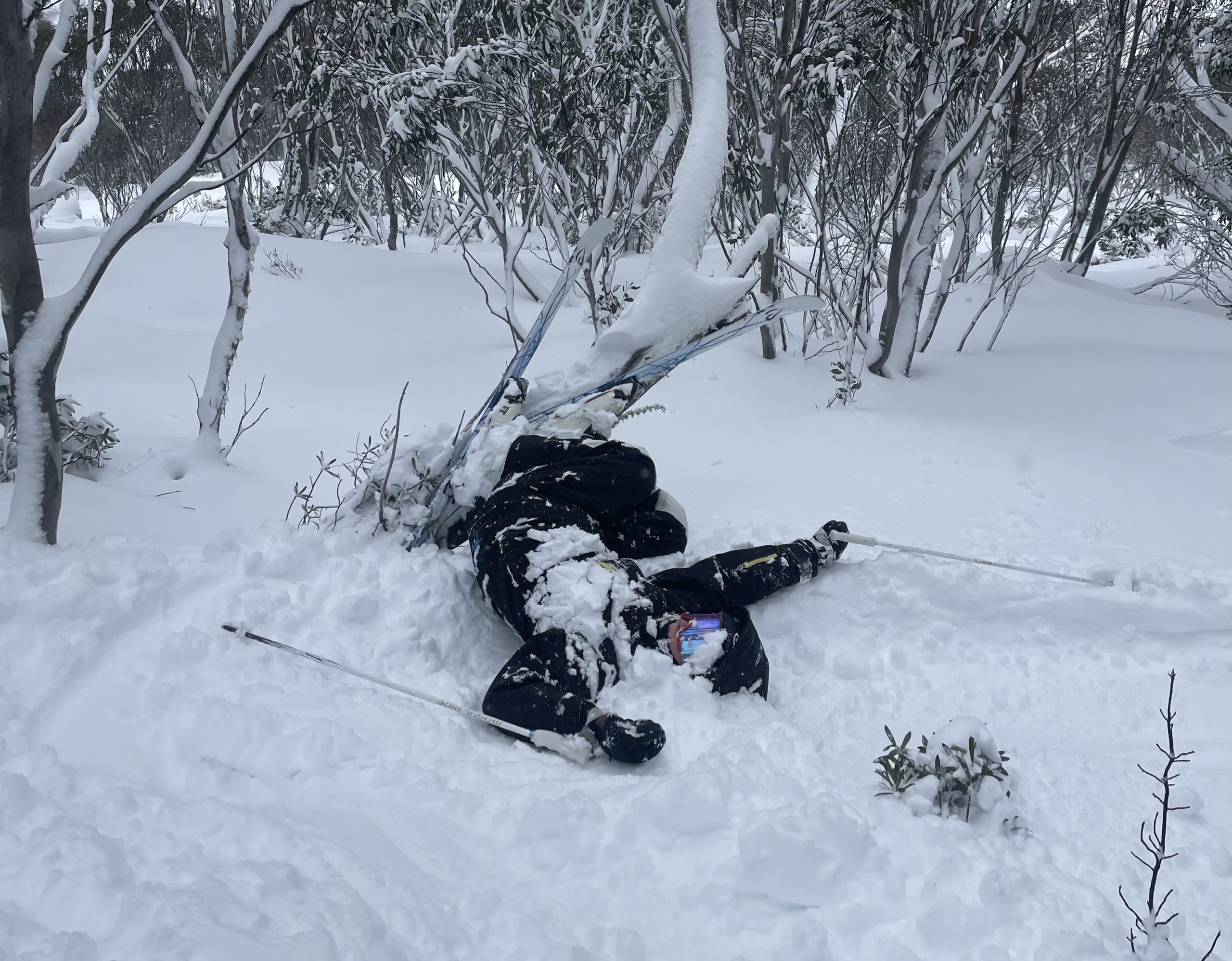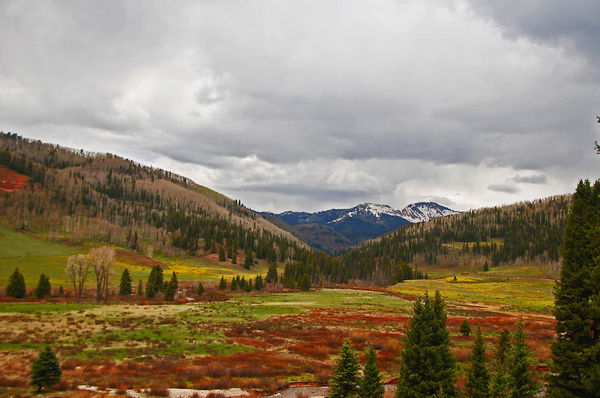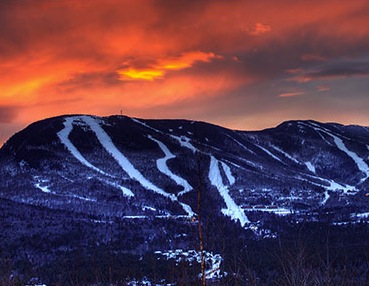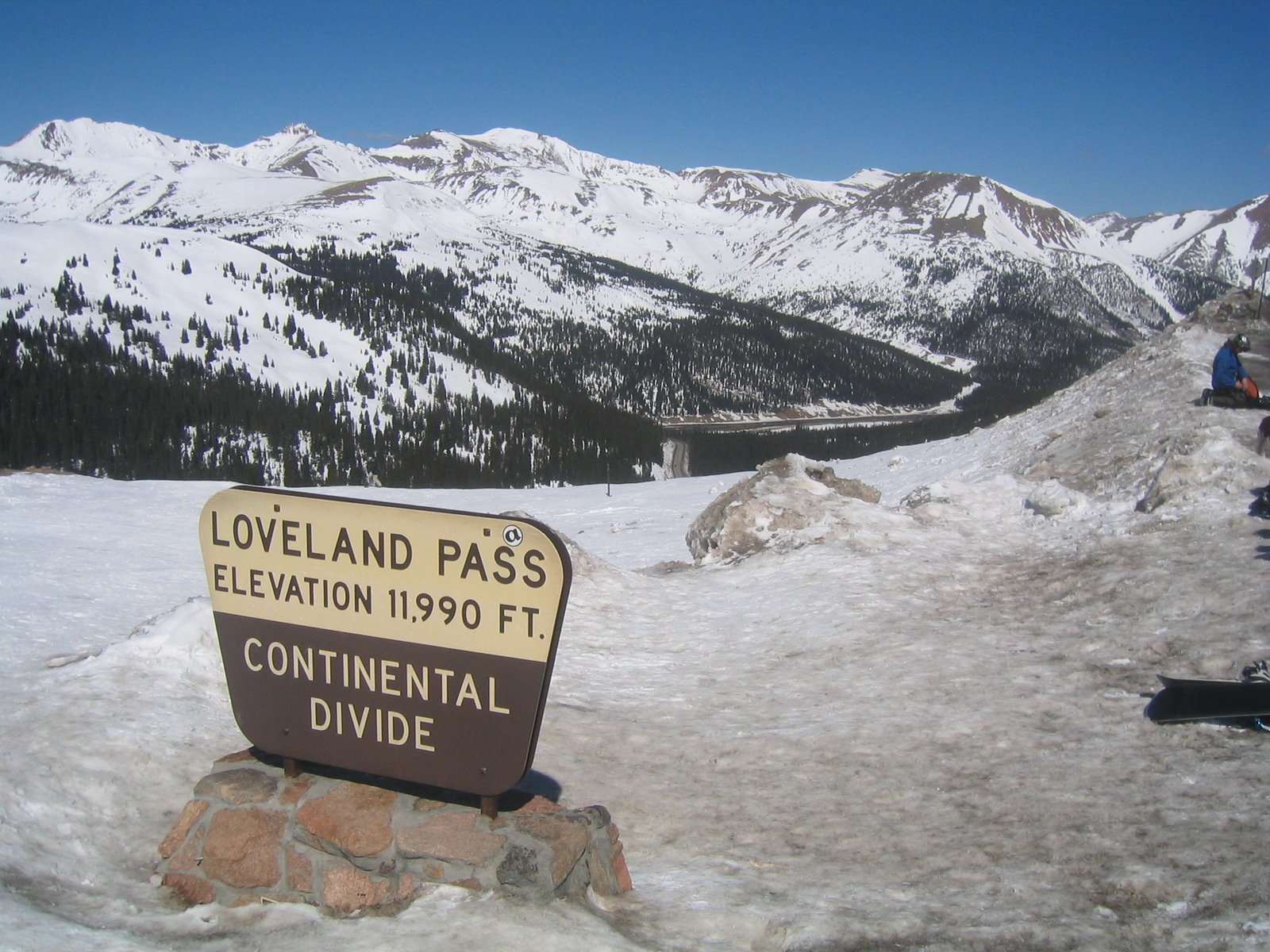
As October rolls around, we remember one of Colorado’s worst plane crash tragedies. On October 2, 1970, near Loveland Ski Area, a Martin 4-0-4 airliner loaded with the Wichita State University football team crashed, carrying 37 passengers and three crew. Twenty-nine were killed at the scene, with two more dying under medical care. Nine survived.
The plane that crashed was not the plane originally contracted to shuttle the Wichita State Shockers football team. The twin-engined propliner, operated by Golden Eagle aviation, was a replacement vehicle for the much larger and powerful four-engined Douglas DC-6B that had been originally contracted. That DC-6B was damaged in a wind storm just months before the tragedy.
Two Martin 4-0-4 airliners were secured to replace the damaged DC-6B. The two aircraft were dubbed “Gold” and “Black” after the school colors. “Gold,” the plane that later crashed, carried the starting players, head coach, athletic director, their wives, other administrators, boosters, and family. The designated “Black” plane transported the reserve players, assistant coaches, and other support personnel.
A last-minute change to the flight plan sealed the fate of the doomed flight. The President of Golden Eagle Aviation, Ronald G. Skipper (1936–2003), was the pilot flying “Gold.” He was officially acting as First Officer since he was not type rated for the Martin 4-0-4 but piloted it anyway. After refueling in Denver, he notified the passengers that they would take the scenic route over Loveland Ski Area. The other crew flying the “Black” aircraft adhered to the original flight plan. It took a more northerly route, heading north from Denver to southern Wyoming and west using a designated airway. Less scenic, this route allowed more time to gain altitude for the climb over the Rocky Mountains. Their final destination was Logan, Utah, for a game against Utah State.
After takeoff in clear weather, the two aircraft took divergent paths away from Denver. The overloaded aircraft, nearing Loveland Pass as it flew up Clear Creek Valley, became trapped in a box canyon and could not climb above the mountain ridges surrounding it on three sides nor complete a reversal turn away from it the sharply rising terrain. At 1:14 pm MDT, the “Gold” aircraft struck trees on the east slope of Mount Trelease, 1,600 feet (490 m) below its summit, and crashed.
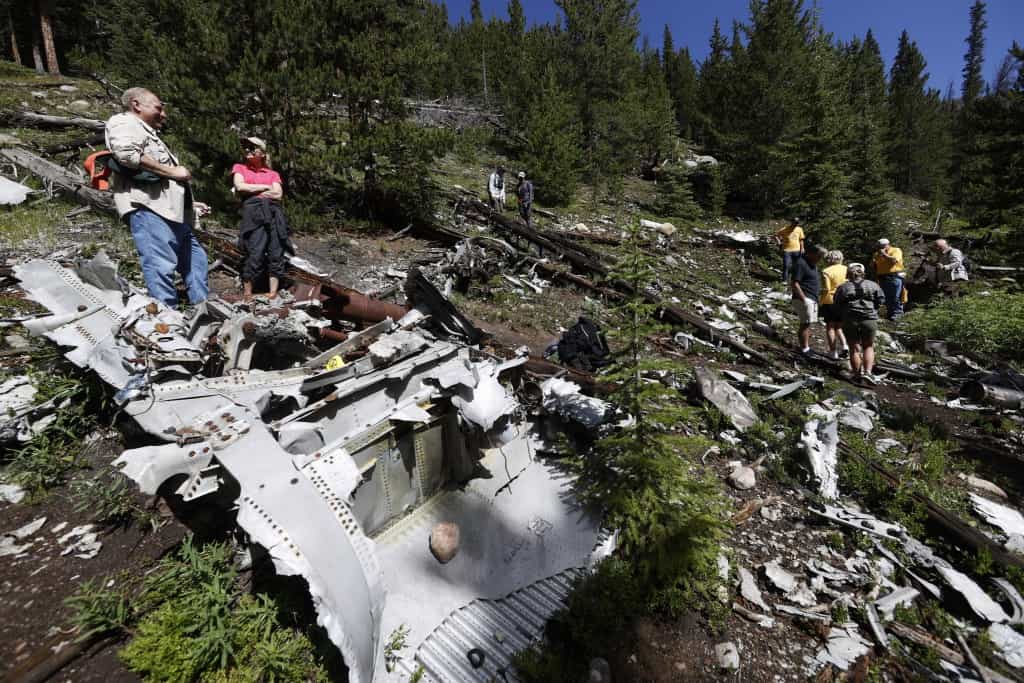
The National Transportation Safety Board report lists probable causes of the crash. The intentional operation of the aircraft over a mountain valley route at an altitude from which the aircraft could neither climb over the obstructing terrain ahead nor execute a successful course reversal. Significant factors were the overloaded condition of the plane, the virtual absence of flight planning for the chosen route of flight from Denver to Logan, a lack of understanding on the part of the crew of the performance capabilities and limitations of the aircraft, and the lack of operational management to monitor and appropriately control the actions of the flight crew.
Wichita State University built a memorial for those who died in the crash called Memorial’70. Every year on October 2 at 9 am, a wreath is placed at this memorial. A roadside memorial plaque listing the names of the victims is located near the Colorado crash site, adjacent to westbound Interstate 70, at Dry Gulch, at milepost 217 (aerial photos, and other data for this location,) about two miles (3 km) east of the Eisenhower Tunnel. A trail to the wreck site via Dry Gulch is 0.4 miles past the memorial off exit 216.
Remembering a tragedy like this is the first step to avoiding another in the future. All travel is inherently dangerous, but proper planning can mitigate the risk. Regardless of where you venture, always have a plan, and when that goes wrong, always have a backup plan.
